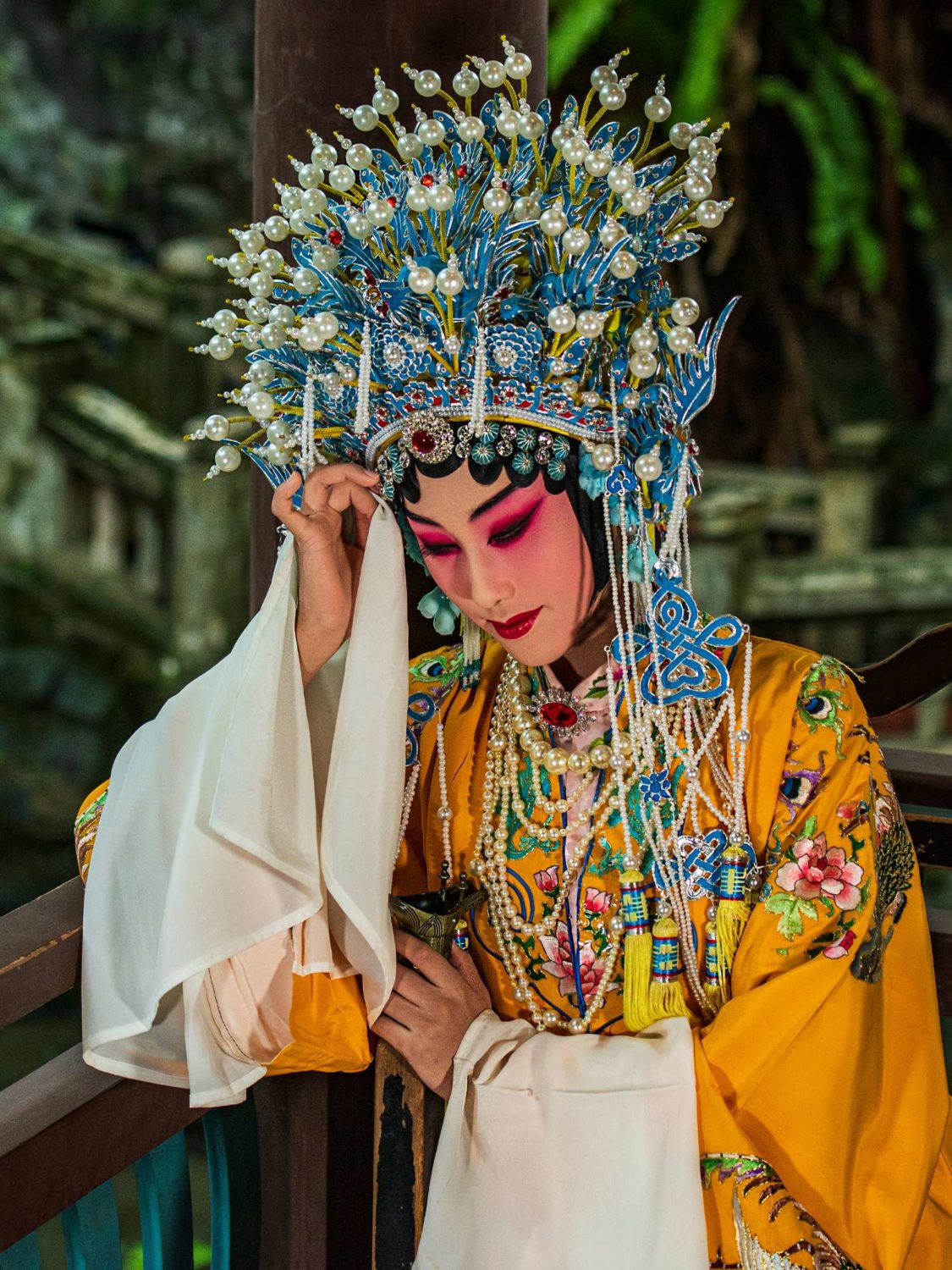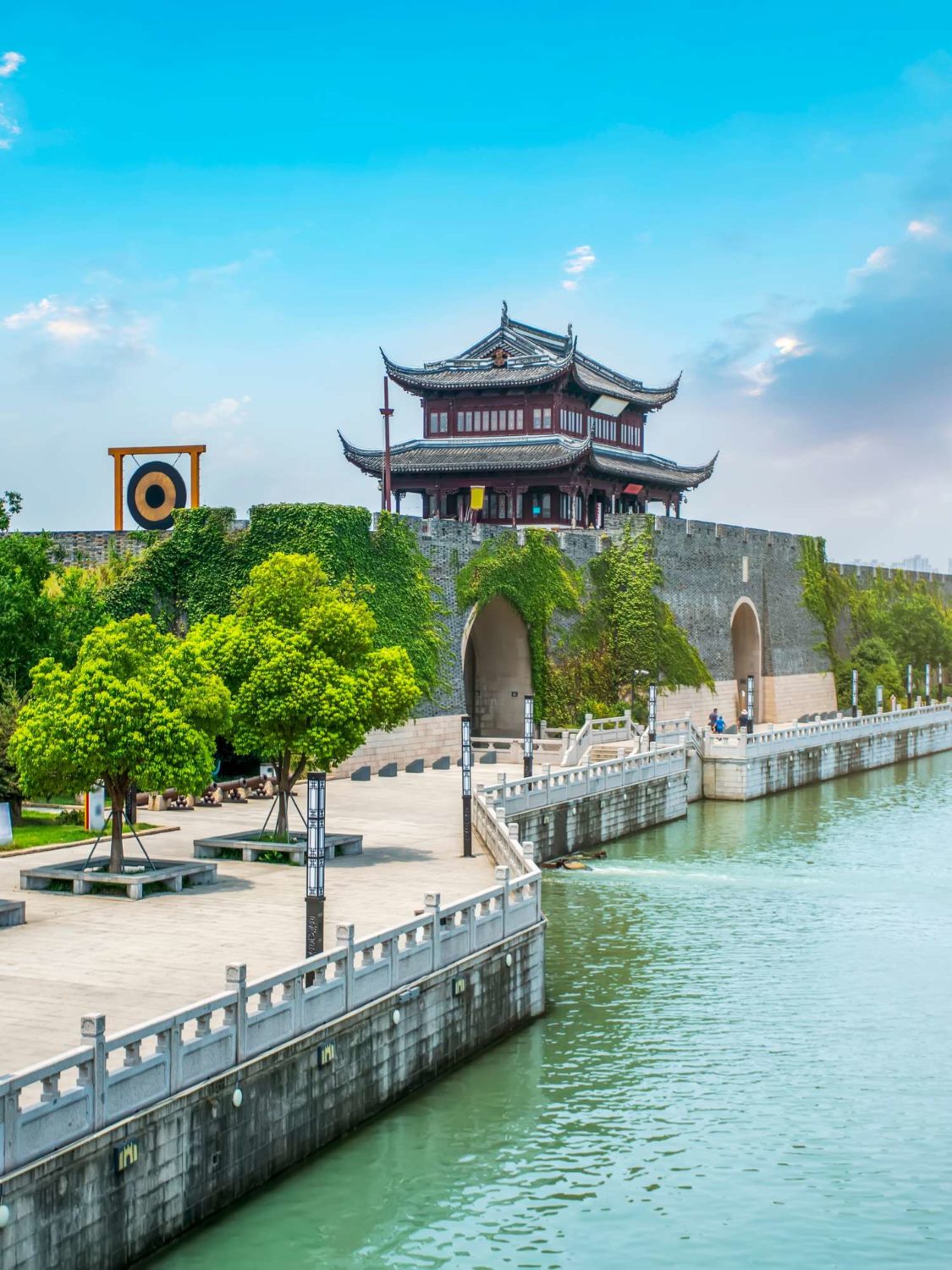Silk
is one of the most luxurious materials in the world with a rich tradition that dates back to ancient China. Its production requires skill and precision, making it one of the most valuable textile materials on the market. Here’s a round-up of interesting facts about silk and its tradition of luxury.
Ancient origins
Ancient roots:
Production developed in China about 5,000 years ago. According to legend, the Chinese princess Lei Zu discovered silk. When a cocoon fell into her tea, she discovered a thread protruding from it. This discovery led to the development of silk as a luxury material.
Silk production:
This natural treasure is made from the fibres of the silkworm cocoons – silkworms. Approximately 3 000 to 4 000 cocoons are needed to produce one kilogram. These cocoons are harvested and then soaked in hot water to separate the fibres. These fibres are then folded, dried and spun to make silk.
Softness and lustre:
One of the most important characteristics is softness and lustre. Its fibres are extremely fine, averaging only 6 to 8 micrometres, which is much finer than human hair. This amazing softness on the skin and its characteristic sheen make silk extremely luxurious.
Artistic Skills
Handmade:
Although modern methods of silk production exist today, the tradition of handmade silk is still alive. Many silk merchants around the world still make silk using traditional methods. Handmade silk is especially valued for its quality and detail.
Variety of uses:
Silk is not limited to garments. Its luxurious qualities are also applied in other areas such as bed linen, curtains, decorations and furniture. Silk carpets and wallpapers give a room an exclusive look, while silk jewellery and accessories give an elegant and stylish look. Due to its ability to capture rich colours and details, silk is also used in the production of artworks such as paintings and tapestries .
A symbol of luxury:
Silk has been associated with luxury and prestige for centuries. It has been considered a material for royalty, nobility and wealthy merchants. Its preciousness and rare qualities expose it as a symbol of wealth, elegance and high social status.
Silk as an icon of luxury
Traditional designs:
Textiles are often decorated with traditional patterns that are characteristic of a particular culture or region. For example, Chinese silk products often contain dragon patterns, floral motifs and good luck symbols. Indian silk is known for its hand-painted designs such as paisleys, mandalas and traditional local motifs.
Exclusive brands:
There are many brands and designers who specialize in making luxury silk products. These brands often use the finest quality silks and combine them with exquisite craftsmanship and design. Their collections often appear in fashion shows and are worn by celebrities and royalty.
Silk at social events:
It is often considered a suitable material for special occasions and social events. Ladies in luxurious silk dresses and gentlemen in silk tiesare often seen at formal parties, weddings and galas . Its grandeur and elegance make it an ideal choice for festive occasions.
Symbol of prestige and wealth
Silk City:
Suzhou in China is often called the “city of silk”. The city is famous for its rich history of silk production and is an important center of the silk industry and silk trade. Suzhou is home to many silk factories and markets where products from all over the world are sold.
Western influence:
Throughout history, silk has spread from China to the rest of the world and has become popular in Western culture. In the 17th and 18th centuries it became very popular in Europe and became part of fashion and interior design. Today it is commonly used in the fashion designs of luxury brands around the world.
Durability and heritage:
Silk is known for its durability and ability to transcend time. Proper care and treatment can ensure its longevity and preserve its luxurious appearance. This is why it is often passed down from generation to generation.














